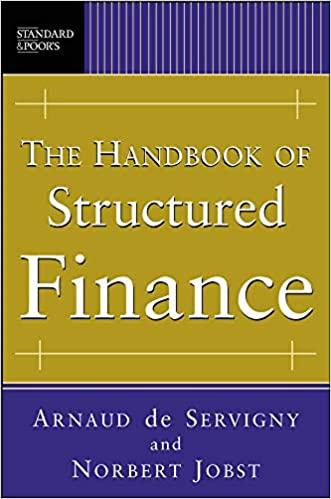b. The average refum over this time period is %. (Round to two decimal places.) c. The standard deviation of returns over the past 4 years is \%. (Round to two decimal places.) d. The coefficient of variation of returns for Hi-Tech stock is (Round to two decimal places.) e. Given the calculatiok in d what should be Mike's decision regarding the inclusion of Hi-Tech stock in his portfolio? (Select the best answer below.) Mike will not include Hi-Tech stock in his portfolio because the coefficient of variation of the security is not below 0.99. Mike will include HL-Tech stock in his portfolio because the coefficlent of variation of the security is below 0.99. Data table (Click on the icon here in order to copy the contents of the data table below into a spreadsheet.) Rate of return, standard deviation, coefficient of variation Personal Finance Problem Mike is searching for a stock to include in his current stock portfolio. He is interested in Hi-Tech Inc; he has been impressed with the company's computer products and believes Hi- Jech is an innovative market player. However, Mke realues that any time you consider a technology stock, risk is a major concem. The rule he follows is to include only securities with a coefficient of variation of returns below 0.99 Mike has obtained the following price information for the period 2015 through 2018 : years. Hi-Toch stock, being growth-orlented, did not pay any dividends during these 4 a. Calculate the rate of return for each year, 2015 through 2018, for Hi-Tech stock. b. Assume that each year's return is equaliy probable and calculate the avorage rotum over this time period. c. Calculate the standard deviation of returns over the past 4 years. (Hint. Treat this data as a sample.) d. Based on b and c determine the coefficient of variation of retums for the security. e. Given the calculation in d what should be Mike's decision regarding the inclusion of Hi-Tech stock in his portfolio? a. The rate of return for year 2015 is \%. (Round to two decimal places.) The rate of return for year 2016 is \%. (Round to two decimal places) The rate of return for year 2017 is \%. (Round to two decirnat places.) The rate of return for year 2018 is \%. (Round to two decimal places.) b. The average return over this time period is %. (Round to two decimal places.)









